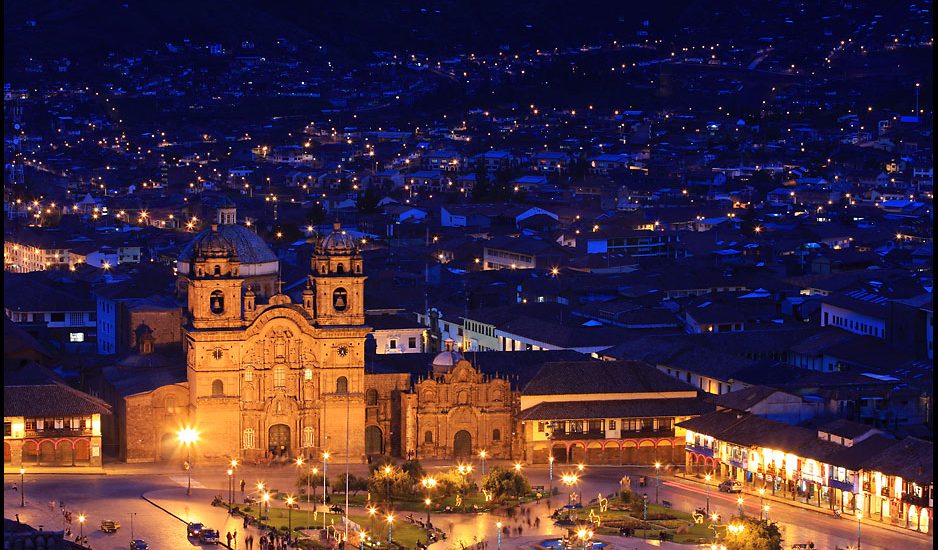As you may already know, Peru is a country with millenary traditions that have endured through time and are reflected in people’s customs, architecture, and archeological records of different kinds and importance. Cusco city and region are one of the most important symbols of South American civilization.
Cusco is located to the southeast of the also famous Sacred Valley of the Incas and is a great reference within Peruvian tourist routes, in addition to being the starting point for the majestic Machu Picchu Inca ruins. Cusco is extremely significant for the preservation of the culture and history of the Peruvian people, that’s why it was declared a Cultural Heritage of Humanity by UNESCO in 1983.
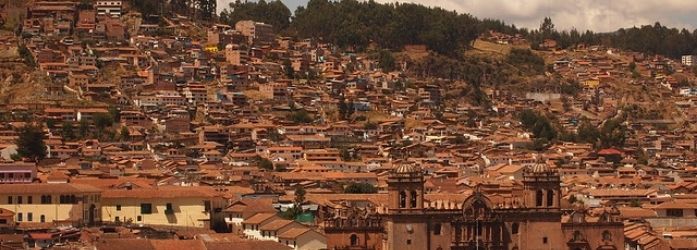
The great challenge for most visitors who come to the city is to deal with the altitude since it is located at 3,350 meters above sea level. It’s very common for some people to have some discomfort in the first days of the trip. However, with the right tips to deal with altitude sickness, it is possible to go through it with more tranquility!
Without a doubt, this is one of the most interesting destinations in the Peruvian Andes, revealing the mixtures between the Inca and colonial periods. Cusco City surprises everyone who visits it, and we are sure it will conquer you too. Viagens Machu Picchu will tell you a little more about this destination so that you can get to know it even before your trip!
Cusco through the time
Cusco, the former imperial capital of the Inca Empire, is a city rich in history and culture. The Inca rulers designated Cusco as the political and administrative hub, while the surrounding valley focused on agriculture and religion. During the Spanish colonization, the Spaniards recognized Cusco’s significance and built new structures on the ancient foundations, highlighting the city’s importance.
The name Cusco derives from the Quechua word “Qosqo,” meaning “navel of the world.” Exploring Cusco involves walking through its sloped streets and staircases, where you can witness the cultural and archaeological richness, local customs, and the city’s key buildings. This exploration includes visits to top museums, squares, cathedrals, eateries, and bohemian neighborhoods like San Blas.
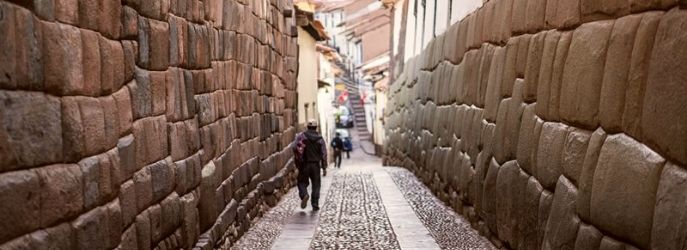
Cusco’s historical-religious landmarks, particularly its churches and temples, are significant attractions. The Cathedral of Cusco, resembling a grand castle with its Gothic, Renaissance, and Baroque features, stands out with its three naves and twelve chapels. Opposite the cathedral is the Plaza de Armas, a central square that has hosted meetings and celebrations since the Inca era.
The square blends modern and ancient elements, creating a picturesque landscape for visitors. Exploring these sites offers a glimpse into the city’s artistic and architectural heritage, showcasing the fusion of pre-Hispanic and colonial influences.
Legacy kept in stones
The Cusco region, especially the Sacred Valley, is rich in archaeological sites that offer insights into the history, religious practices, and political strategies of ancient civilizations. One of the most significant religious buildings is the Qoricancha temple, meaning “golden enclosure” in Quechua.
This temple, dedicated to Inti, the Sun God, showcases Incan ingenuity with its earthquake-resistant stone construction. Although partially destroyed and looted by the Spanish, its foundations remain a testament to its historical importance. Another remarkable site is Sacsayhuaman, an architectural complex with a 400-meter-long polished wall.
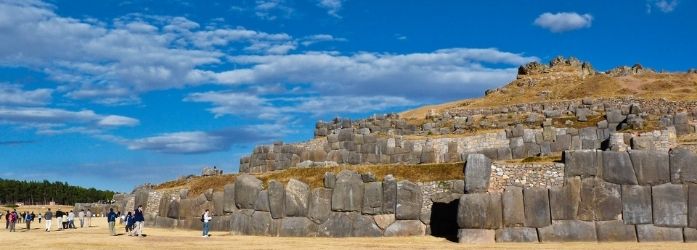
Saqsayhuaman hosts the annual festival of the Sun, a colorful ceremony of gratitude to the Sun God. Sacsayhuaman’s exact purposes are unclear, but it may have served as a fortress, control center, and military training site. Qenqo, another religious temple, was used for gratitude ceremonies and sacrifices to the Sun God.
Built with carved stones and clay, it resembles a cave and features a central stone table and figures representing significant animals in Andean cosmology. Beyond these temples, numerous other sites, such as Pisac, Ollantaytambo, Tambomachay, Chinchero, and Moray, along with the famous Sanctuary of Machu Picchu, further illustrate the rich cultural and architectural heritage of the Incas.
These locations collectively form a vast open-air museum, each site contributing to the understanding of Incan culture, religion, and architecture.
Cusco beyond the stone
In addition to the numerous stone buildings that marked the beginnings of Cusco’s history, other buildings are still filled with all the culture and vivid customs of the residents who inhabit the city. An emblematic example of this location is the Mercado San Pedro, the largest local food supply center. In this market, it’s possible to eat traditional food, buy artisanal products, and interact with locals.
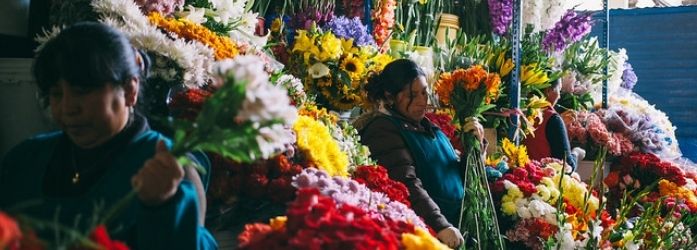
In this market, it’s possible to eat traditional food, buy artisanal products, and interact with locals. Cusco’s central market is a great place to shop for the most varied types of Peruvian products, including fruits, vegetables, and Andean products. The experience in this place is also valid for all the coexistence with the inhabitants of the region.
Would you like to know more about Cusco? Don’t miss the chance to experience every detail of the ancient capital of the Incas live and in color! Contact us and tell us all about your dream trip, we’ll be more than glad to help you make our dreams come true in Peru!

